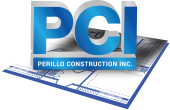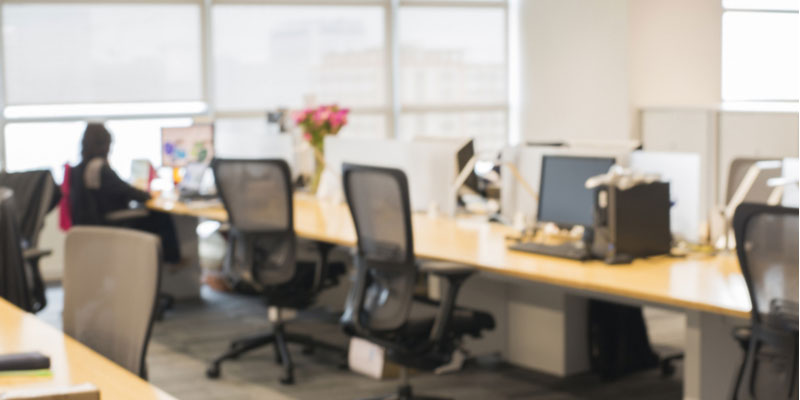When the time comes to design or redesign your office space, planning is crucial to your business’ success. Whether you are creating a completely new space, renovating space, or in the midst of a build out, a well-designed office can be key to success while a non-functional poorly designed office can hinder even the most basic of tasks. Great office design not only provides functional space but also opens up lines of communication among your staff and invigorates your workforce making them more productive and happy. Whether your company and your budget are large or small, these tips will help you create a pleasant and productive space for you and your staff.
Design Your Workspace, Create Your Brand
If your office space is currently generic, you should design your new workspace with your company’s unique branding in mind. Branding in your business is much more than the print materials or the website you use for marketing. Your office space should express your branding in the environment, permeating and articulating your brand to both employees and clients. Designing your workspace and providing the details that give your office its identity, expressing your brand. A great starting point for branding your space is by adding a logo on a feature wall and creating interest and following up with other identifiers – colors, shapes, ideas – that send the message you are hoping to convey to your target audience. Every item from furniture to lighting to wall color should express your brand, telling your company’s story making your space personal and laying the foundation of your corporate culture. Infuse your office space with your company logos, slogans, attitude, philosophy, and culture.
Increase Light and Space
Invite in the natural light, not only will it make your space more welcoming, but it has also been shown to positively impact employees mood and productivity. The reason – natural light opens the color spectrum wide allowing everyone to see in greater detail and as a result perform better. Natural light even offers health benefits for you and your employees – studies show human eyes are designed to work best in natural light and thus it reduces eye fatigue as well as headaches which are often a result of harsh, artificial lighting. If getting natural light is an issue in your office environment, consider designing an open space by taking out walls, using glass wall for privacy, and avoiding cramped workstations.
Once light is included in your environment, provide your staff ample space in which to work. This isn’t simple about larger work areas like desks, but space to move around and circulate freely. The key is maintaining balance – a quiet place to work but also a fun, collaborative atmosphere. Open workplaces, planned appropriately, can accomplish both.
Add Break-Out Spaces
Break-out spaces can add a great deal to the open, collaborative environment you are creating. “Break rooms” are a thing of the past, replaced by break-out spaces which allow employees to gather, talk, and relax away from their workspace. These casual meeting spaces encourage collaboration and creativity when designed with comfort and inspiration.
Furniture and Design
Furniture is an important part of overall design and should be treated as such. You can’t go all in on office design and renovation without complementing the design with the appropriate furniture. As you complete your design, spend as needed on furnishings and technology to keep your employees productive, healthy, and happy. From the chair they sit in to the company’s IT infrastructure should be designed to make work easier and the office environment inspiring.

